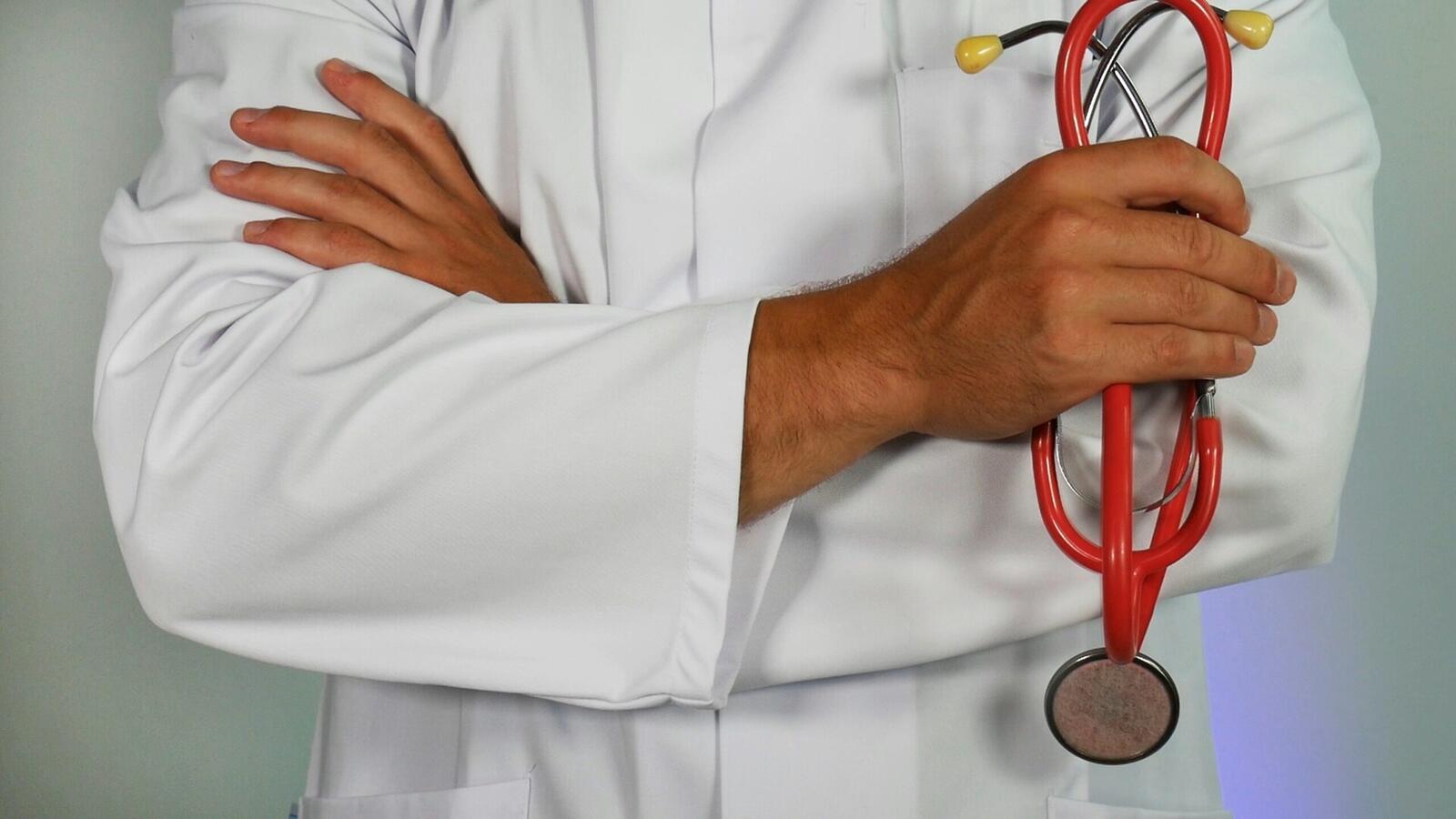A new development has come to light with Oran Knowlson, a UK teenager, being the first person to trial a device fitted inside his skull to manage his epilepsy. The procedure is called Deep Brain Stimulation and here, a small device stimulates certain parts of the brain as a way to control seizures.
This device in particular, is a first as it is placed directly on the skull, as opposed to older methods of DBS where devices were wires that are placed along the chest and connected to the child’s brain.
Instead, the skull device is a user-friendly and rechargeable one. It can be charged simply by using wearable headphones that you’d use to listen to music- which means there isn’t a need for another procedure every few years.
The Procedure: A Success For Oran
In Oran’s case, he had his implantation surgery in October last year, and has since been activated. His mother commented on the progress, saying, “We’ve been switched on since December and we’ve seen a big improvement, seizures have reduced and are less severe. That’s been great but the quality of life improvement has been invaluable for Oran. He’s a lot more chatty, he’s more engaged.
“He’s turned 13 and I definitely now have a teenager – he’s happy to tell me no. But that adds to his quality of life, when he can express himself better. The team really do have your back. We never felt alone, from last August.
“We were made to feel part of the team and so was Oran. The future looks hopeful which I wouldn’t have dreamed of saying six months ago. For Oran, having hope brings excitement. It makes the future brighter and more attainable even. I’m really pleased that Oran gets to experience that.”
NHS’s Great Ormond Street Hospital confirmed in their announcement that his seizures have gone down by about 80%, which is a great improvement.
More from News
- The Clash AI Startups: How Are Competitors Backed By The Same Companies?
- Is AI Influencing Gen Z Spending Habits?
- What Do Experts Have To Say About The Recent Interest Rate Cut?
- Report Reveals Tool Overload Driving Fatigue and Missed Threats in MSPs
- Cat Food Brand Fuzzball Celebrates Winning The Largest Prize In E-Commerce History
- What Is Truth Social, And Who Uses It?
- Google Cloud And Plexal Partner To Help Security Startups
- SpyCloud Enhances Investigations Solution With AI-Powered Insights
What Are The Researchers Saying?
Researchers are showing a lot of optimism about this success story. Professor Tim Denison, the lead engineer of the project, from University of Oxford, spoke on their intentions for this: “Our mission is to design pioneering research systems for exploring the treatment of intractable health conditions such as paediatric epilepsy.
“Oran is the first child in the world to receive this investigational device and we are extremely pleased that it has had such a positive benefit for him and his family.”
Martin Tisdall, Consultant Paediatric Neurosurgeon at GOSH and Honorary Associate Professor at UCL, also shared excitement, saying, “Every single day we see the life-threatening and life-limiting impacts of uncontrollable epilepsy.
“For Oran and his family, epilepsy completely changed their lives and so to see him riding a horse and getting his independence back is absolutely astounding. We couldn’t be happier to be part of their journey.”
Other Tech Used To Help Epileptic Patients
There are other developments helping epileptic patients as well, that we have seen in recent reports. Andrea Biondi, a PhD student at King’s College London, is leading a major project in this area called EEG@HOME. Funded by Epilepsy Research UK, Biondi’s team is focused on whether EEG caps and smartwatches can be used effectively for seizure forecasting in home settings.
Biondi explains, “The unpredictability of epileptic seizures is a major challenge. Our project, EEG@HOME, aims to allow people with epilepsy to use new technologies independently, comfortably, and safely in their homes.”
So with this tech, apps and wearables are used to track things like heart rate and quality of sleep. This is so there’s real-time recorded data of the patient’s health. It’s great to see technology that we use everyday, such as headphones, apps and wearable devices are advancing as time goes, as a way to provide health-related solutions for those who previously did not have much innovative technologies before.



